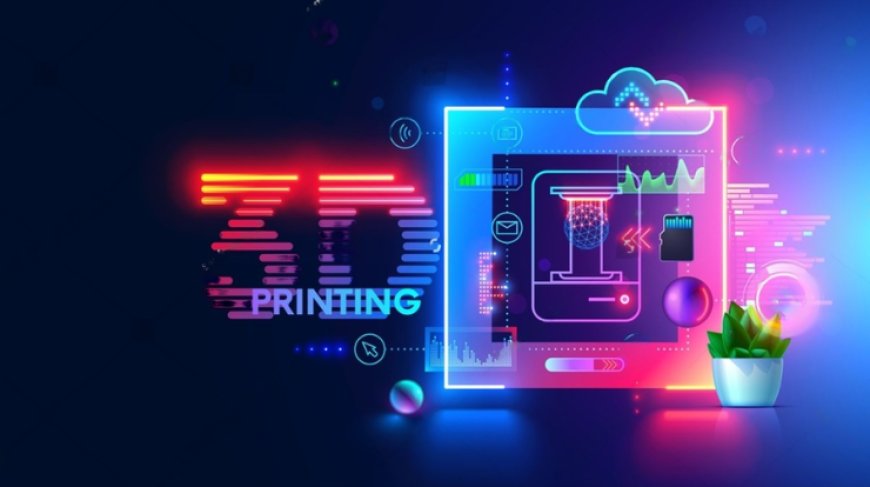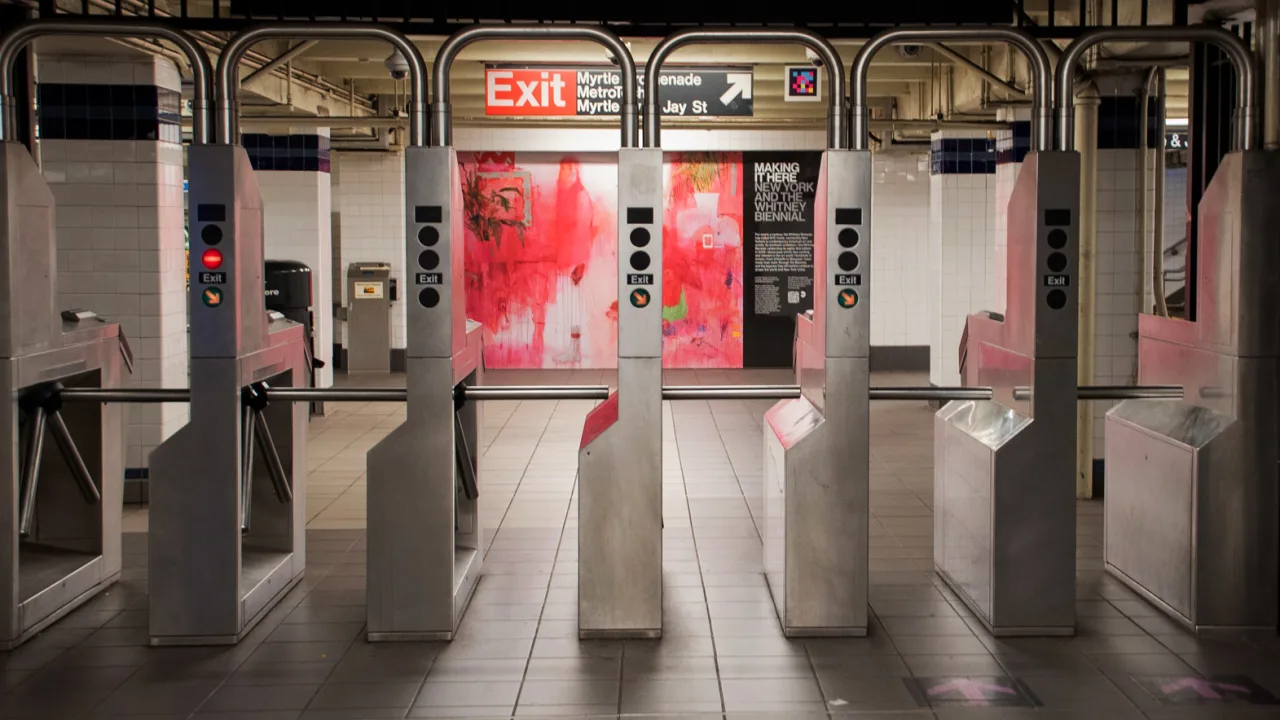Ethical Dilemmas of 3D Printing Dubai’s Heritage for Tourism
As Dubai embraces innovation, the use of 3D printing to recreate or restore endangered heritage sites is gaining attention.

As Dubai embraces innovation, the use of 3D printing to recreate or restore endangered heritage sites is gaining attention. These projects often aim to preserve historical architecture and cultural landmarks. In some cases, they are used to create replicas for display or even serve as attractions. While the benefits are clear, several ethical concerns arise when heritage is digitized and reproduced for tourism.
Authenticity and Historical Accuracy
One of the primary ethical concerns is the issue of authenticity. Original heritage sites carry the mark of time. They reflect the craftsmanship, materials, and aging process unique to their era.
When a site is 3D printed, even with precise scans, the result is still a modern imitation. Tourists may believe they are experiencing something original, which can lead to misunderstanding of historical context.
In Dubai, where many visitors are not deeply familiar with Emirati history, there is a risk of blurring the line between real and replicated. Even when signs are posted, the reproduction can overshadow the actual story behind the structure. This raises concerns about how historical narratives are being shaped.
Commercialization of Cultural Identity
Another ethical issue is the commercialization of culture. 3D printing Dubai makes it easier to reproduce sites for tourism purposes. However, this convenience can lead to heritage being treated as a commodity. In Dubai’s competitive tourism market, there is pressure to deliver visually impressive experiences. This could result in heritage being packaged in a way that suits marketing needs rather than respecting its cultural depth.
For example, printing a visually striking version of a desert fort may attract tourists. But if the replica lacks historical interpretation, it becomes entertainment instead of education. The story of how that fort protected trade routes or how its design was shaped by tribal life may get lost in the process.
Exclusion of Local Communities
In heritage conservation, the role of local communities is vital. These communities often carry traditions, oral histories, and personal connections to the sites. When 3D printing projects are planned without involving local voices, important perspectives are ignored. This creates ethical tension around ownership and representation.
In Dubai, efforts to replicate endangered sites should ideally include Emirati historians, architects, and citizens. If these voices are excluded, the replicas may miss important cultural nuances. Worse, the result could be a polished but empty version of a once-living site.
Loss of Material Heritage
While digital preservation is valuable, it should not replace physical conservation. There is a concern that 3D printed versions might reduce urgency around saving the actual sites. If stakeholders begin to rely on replicas, the original heritage structures may be neglected.
This is particularly troubling in Dubai, where rapid development often puts pressure on historical districts. If a site is demolished and replaced with a 3D printed version nearby, the physical link to the past is broken. This creates a false sense of preservation while the authentic structure is lost forever.
Misuse of Digital Data
Another concern is the misuse or misrepresentation of digital data. The scans used for 3D printing contain detailed information about the site. If this data falls into the wrong hands or is altered, replicas could be created without oversight. These unauthorized versions might circulate in museums, exhibitions, or private collections around the world.
In Dubai, where heritage is closely tied to national identity, this raises concerns about intellectual property and cultural appropriation. Who owns the data? Who decides how it can be used? These questions remain largely unanswered.
Impact on Visitor Experience
When tourists interact with 3D printed heritage sites, the experience is different. While the structure may look accurate, it lacks the feel of time-worn stone or hand-shaped mudbrick. This can lead to a more superficial engagement with the past.
Dubai’s tourism industry often emphasizes innovation and spectacle. If 3D printed sites are not carefully contextualized, they risk becoming photo opportunities rather than educational experiences. This undermines the purpose of cultural tourism, which is to connect people with authentic stories and values.
Cultural Sensitivity and Interpretation
Not all heritage sites are suitable for replication. Some places hold spiritual or symbolic significance. Reproducing them for commercial use can be seen as disrespectful. In Dubai, certain structures are linked to religious life, family legacies, or national milestones. Printing and displaying these sites without proper explanation may cause offense or misunderstanding.
Even with good intentions, cultural missteps can occur when heritage is reproduced without deep cultural awareness. Designers and planners must approach each site with sensitivity and engage with cultural experts to ensure respectful interpretation.
Balancing Preservation and Innovation
The key challenge is balance. 3D printing offers powerful tools for documentation, restoration, and education. But these tools must be used responsibly. Dubai has the opportunity to set a global example by combining cutting-edge technology with cultural respect.
This means involving historians, local communities, and ethical advisors in every project. It also means making sure that replicas serve as supplements, not substitutes, for real heritage. When done right, 3D printed sites can raise awareness, spark curiosity, and encourage deeper exploration of Dubai’s rich past.
Conclusion
The use of 3D printing in Dubai to replicate endangered heritage sites for tourism holds great promise. It can support conservation, enhance visitor learning, and showcase Emirati history in new ways. However, there are serious ethical concerns.
These include issues of authenticity, commercialization, exclusion, and cultural sensitivity. As Dubai continues to innovate, it must also protect the integrity of its heritage. A thoughtful, inclusive approach is essential to ensure that technology enhances, rather than erases, the stories of the past.










































































![https //g.co/recover for help [1-866-719-1006]](https://newsquo.com/uploads/images/202506/image_430x256_684949454da3e.jpg)



























![[PATREON EXCLUSIVE] The Power of No: How to Say It, Mean It, and Lead with It](https://tpgblog.com/wp-content/uploads/2025/06/just-say-no.jpg?#)





















































